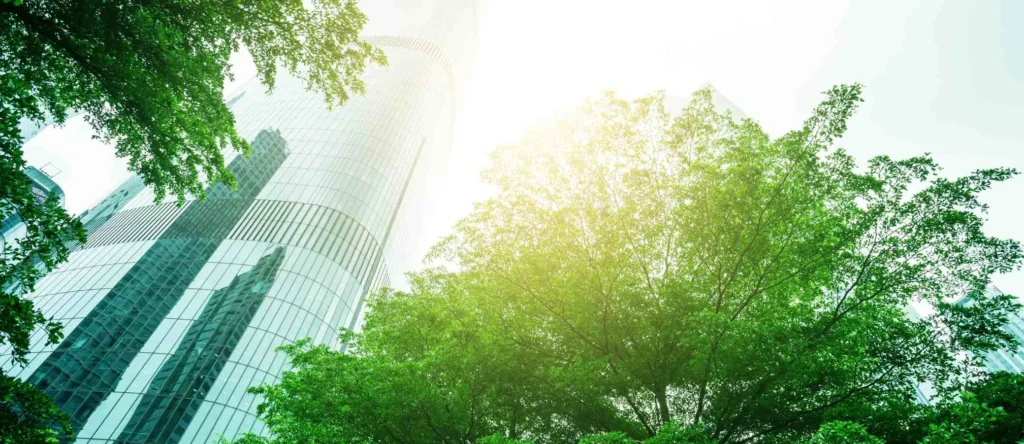🎁 Want a Surprise?
Click here to get redirected to a random post
Introduction
In recent years, sustainability has become a crucial consideration in almost every industry, and real estate is no exception. The concept of green homes—properties built or retrofitted with energy efficiency, environmental friendliness, and sustainable materials in mind—is not only beneficial for the planet but also represents a promising financial asset. Investors and homeowners alike are recognizing the growing demand for sustainable real estate, which often translates to higher returns, lower operating costs, and improved property values.
This article explores the financial potential of green homes, the factors driving their value, and how sustainability can shape the future of real estate investment.
Understanding Green Homes
What Defines a Green Home?
A green home typically incorporates features such as:
- Energy-efficient appliances and systems
- Use of renewable energy sources (solar panels, geothermal, etc.)
- Sustainable building materials with low environmental impact
- Water-saving fixtures and landscaping
- Improved insulation and air quality systems
- Smart technology for optimized energy use
These elements collectively reduce the home’s carbon footprint and often lead to significant cost savings on utilities.
Certification and Standards
Various certifications exist to validate the sustainability credentials of homes, such as:
- LEED (Leadership in Energy and Environmental Design)
- ENERGY STAR
- Passive House Certification
- WELL Building Standard
Such certifications can enhance a property’s credibility and appeal in the market.
Financial Benefits of Investing in Green Homes
1. Higher Property Values
Studies have shown that green-certified homes generally sell at a premium compared to conventional properties. Buyers are increasingly willing to pay more for energy efficiency, reduced utility bills, and the comfort and health benefits associated with sustainable homes.
2. Lower Operating Costs
Green homes typically have significantly lower utility expenses. Energy-efficient heating and cooling, solar power, and water-saving features reduce monthly costs, increasing net operating income for rental properties and lowering ownership expenses for homeowners.
3. Attracting Quality Tenants
For real estate investors, green homes can attract environmentally conscious tenants who value sustainability, leading to lower vacancy rates and higher retention.
4. Access to Incentives
Many governments and municipalities offer tax credits, rebates, and other incentives for green building or renovations, improving the overall return on investment.
Market Trends Driving Green Real Estate Demand
Rising Environmental Awareness
As climate change concerns grow, more buyers and renters prioritize sustainability. This demand shift is forcing the real estate market to evolve, rewarding properties that meet green criteria.
Increasing Energy Costs
With rising utility prices, energy-efficient homes become more financially attractive as they help reduce long-term costs.
Corporate ESG Goals
Institutional investors are integrating environmental, social, and governance (ESG) factors into their portfolios, favoring green real estate assets.
Regulatory Pressure
Stricter building codes and sustainability regulations worldwide are encouraging developers and property owners to adopt greener practices.
Challenges to Green Real Estate Investment
Higher Upfront Costs
Green construction or retrofitting often involves higher initial expenses, which may deter some buyers or investors. However, these costs are increasingly offset by savings and incentives.
Market Education
Not all buyers fully understand the benefits of green homes, making education a key component of marketing these properties effectively.
Variable Standards
Different certification programs and local regulations can create confusion, requiring thorough due diligence.
Strategies to Maximize Returns on Green Real Estate
Focus on Certification
Obtaining recognized green certifications can add tangible value and differentiate a property in competitive markets.
Leverage Technology
Smart home systems that monitor and optimize energy use can enhance sustainability and appeal.
Incorporate Resilience Features
Adding features that improve resilience against climate events (flood-resistant materials, efficient drainage) increases a property’s long-term viability.
Partner with Green Finance Programs
Explore financing options that support sustainable construction or renovations, such as green loans with favorable terms.
Case Studies of Successful Green Real Estate Investments
Example 1: Residential Green Retrofits
A residential complex retrofitted with energy-efficient windows, solar panels, and upgraded insulation saw a 15% increase in rental income within two years due to reduced operating costs and higher tenant demand.
Example 2: New Build Green Developments
Developers focusing on LEED-certified multi-family units have reported faster sales cycles and premium pricing compared to traditional projects in the same markets.
The Future Outlook for Sustainable Real Estate as a Financial Asset
As global priorities continue to shift towards sustainability, the financial importance of green homes is poised to grow. Technological advances, regulatory frameworks, and evolving consumer preferences will likely drive greater integration of green features in real estate.
Investors who recognize the value of green real estate today are positioning themselves for potentially higher returns, lower risks, and positive societal impact tomorrow.
Conclusion
Green homes are more than just environmentally responsible choices—they are financially sound investments. By reducing operating costs, enhancing property values, and attracting quality tenants or buyers, sustainable real estate offers compelling advantages. While challenges exist, careful planning and commitment to green standards can unlock significant returns. For anyone looking to invest in real estate, incorporating sustainability is increasingly becoming an essential part of a smart financial strategy.
Frequently Asked Questions (FAQs)
Q1: Are green homes more expensive to buy?
Yes, green homes can have higher upfront costs due to sustainable materials and technology, but these are often offset by savings on utilities and available incentives.
Q2: How do green certifications impact home value?
Certified green homes typically sell faster and at a premium compared to non-certified homes, reflecting their desirability and cost savings.
Q3: Can retrofitting an existing home to be green increase its market value?
Yes, energy-efficient upgrades and sustainability features can significantly boost resale value and appeal.
Q4: Do green homes require special maintenance?
Some features, like solar panels or smart systems, require routine upkeep, but overall maintenance is often comparable or less than conventional homes.
Q5: Is sustainable real estate a good investment long term?
Yes, as demand for eco-friendly living grows and regulations tighten, green real estate is expected to appreciate and provide stable returns.


